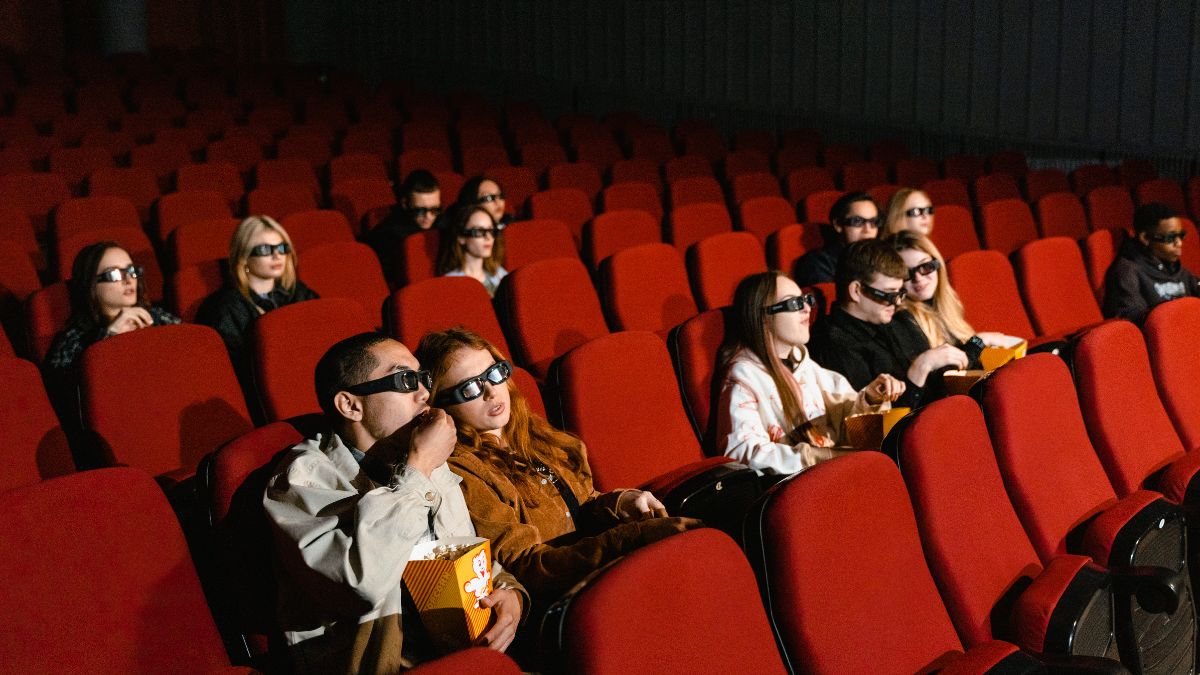Gone with the Wind: An Epic of the 1930s
Gone with the Wind: An Epic of the 1930s
The Influence of MTV on ’80s Cinema and Music Videos

The Influence of MTV on '80s Cinema and Music Videos
In the 1980s, a cultural revolution was televised across the globe, reshaping the landscape of music and cinema with a vibrancy and energy that had never been seen before. This revolution was not led by politicians or traditional media moguls, but by a groundbreaking new channel that burst onto the scene with the audacity of a guitar solo at maximum volume: MTV. The influence of MTV on ’80s cinema and music videos was not just significant—it was transformative, forever altering the way artists expressed themselves and audiences consumed entertainment.
From the moment MTV aired its first video, The Buggles’ “Video Killed the Radio Star,” it was clear that the entertainment world was about to be catapulted into a new era. This was not merely a channel; it was a cultural phenomenon that melded music with visual storytelling, creating a symbiotic relationship between the sounds of a generation and their cinematic expressions. MTV’s mantra of continuous music videos turned musicians into visual icons and songs into three-minute movies, each with its own narrative, style, and flair.
The ’80s were a time of excess, innovation, and experimentation, and MTV was the perfect catalyst for this creative explosion. Music videos became the ultimate tool for artists to extend their artistic expression, allowing them to create elaborate narratives, showcase avant-garde fashion, and push the boundaries of visual effects. Directors like Russell Mulcahy and Steve Barron were among the pioneers who brought a cinematic quality to music videos, employing techniques and storytelling methods that were previously reserved for the big screen. This led to the creation of iconic videos such as Michael Jackson’s “Thriller,” which was more a short film than a music video, complete with a plot, special effects, and choreographed dance sequences that would become legendary.
The influence of MTV extended beyond the confines of television screens and into the very heart of ’80s cinema. Filmmakers, inspired by the quick cuts, stylistic visuals, and narrative innovation of music videos, began to incorporate these elements into their films. This convergence of styles gave birth to movies that felt like extended music videos, brimming with energy, color, and rhythm. Films such as “Flashdance,” “Top Gun,” and “Purple Rain” blurred the lines between cinema and music videos, featuring soundtracks that were integral to their narratives and visual styles that echoed the MTV aesthetic.
MTV also played a pivotal role in the marketing of movies. Soundtracks and tie-in music videos became essential promotional tools, with films often launching alongside a hit single that would climb the music charts and, in turn, drive audiences to the cinemas. This symbiotic relationship between MTV and the film industry not only changed how movies were marketed but also elevated the importance of the soundtrack to a film’s commercial and artistic success.
The channel’s influence was so profound that it created a new lexicon of visual language, one that spoke directly to the youth of the time. It democratized music, making it visually accessible to a global audience and breaking down barriers of genre, style, and geography. MTV was not just watching music; it was experiencing it in a wholly new and immersive way.
As the curtain closed on the ’80s, the legacy of MTV’s impact on cinema and music videos was indelible. It had not just influenced a decade of artistic output; it had revolutionized it. The fusion of sound and vision that MTV championed continues to inspire artists and filmmakers, a testament to its enduring influence on how we see, hear, and feel the art of storytelling. The ’80s may have ended, but the echo of MTV’s revolution plays on, a reminder of a time when music and cinema were forever changed, and the world watched in awe.